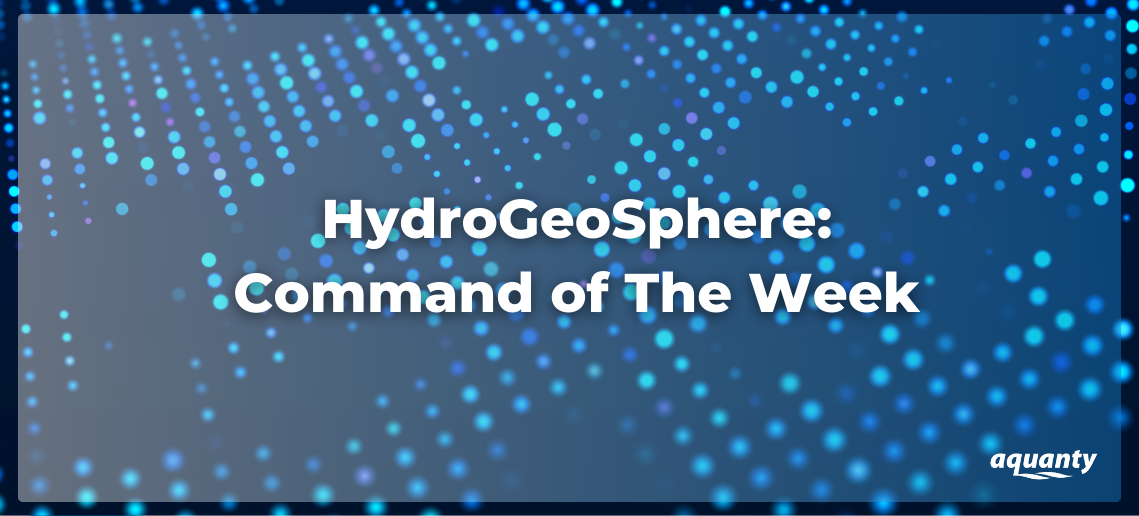

Staff Research Highlight - Assessment of hydraulic and thermal properties of the Antarctic active layer: Insights from laboratory column experiments and inverse modelling
We’re pleased to highlight this publication, co-authored by Aquanty’s senior scientist, Hyoun-Tae Hwang, which investigates the hydraulic and thermal properties of the Antarctic active layer using laboratory column experiments and HydroGeoSphere (HGS) for inverse modeling.

Staff Research Highlight - Water sources and threshold behaviors of streamflow generation in a mountain headwater catchment
We’re pleased to highlight this publication, co-authored by Aquanty’s senior scientist, Hyoun-Tae Hwang, which examines the water sources and threshold behaviours of streamflow generation in a mountain headwater catchment.

Staff Research Highlight - Improving monitoring network design to detect leaks at hazardous facilities: Lessons from a CO2 storage site
This research specifically utilizes the Korea CO₂ Storage Environmental Management (K-COSEM) test site to develop methodologies that address the challenges posed by uncertainty in detecting subsurface leakages.

Staff Research Highlight - Evaluating the significance of wetland representation in isotope-enabled distributed hydrologic modeling in mesoscale Precambrian shield watersheds
Aquanty’s very own Arghavan Tafvizi had her PhD research paper “Evaluating the Significance of Wetland Representation in Isotope-Enabled Distributed Hydrologic Modeling in Mesoscale Precambrian Shield Watershed” published in the Journal of Hydrology.


Boundary Condition: Reservoir with Spillway
The February 2022 release of HydroGeoSphere (Revision 2356) introduced an advanced boundary condition: the reservoir with spillway. This new feature builds upon the basic reservoir boundary condition, offering enhanced control over water release in your models. With parameters for surcharge reservoir storage, spillway discharge rates, and gate discharge, this boundary condition simulates complex hydraulic operations with greater precision. Unlike the basic reservoir BC, which relies solely on time-value tables, the reservoir with spillway incorporates inflow hydrographs, spillway discharge, and overflow discharge mechanisms, making it an invaluable tool for realistic water management scenarios.
